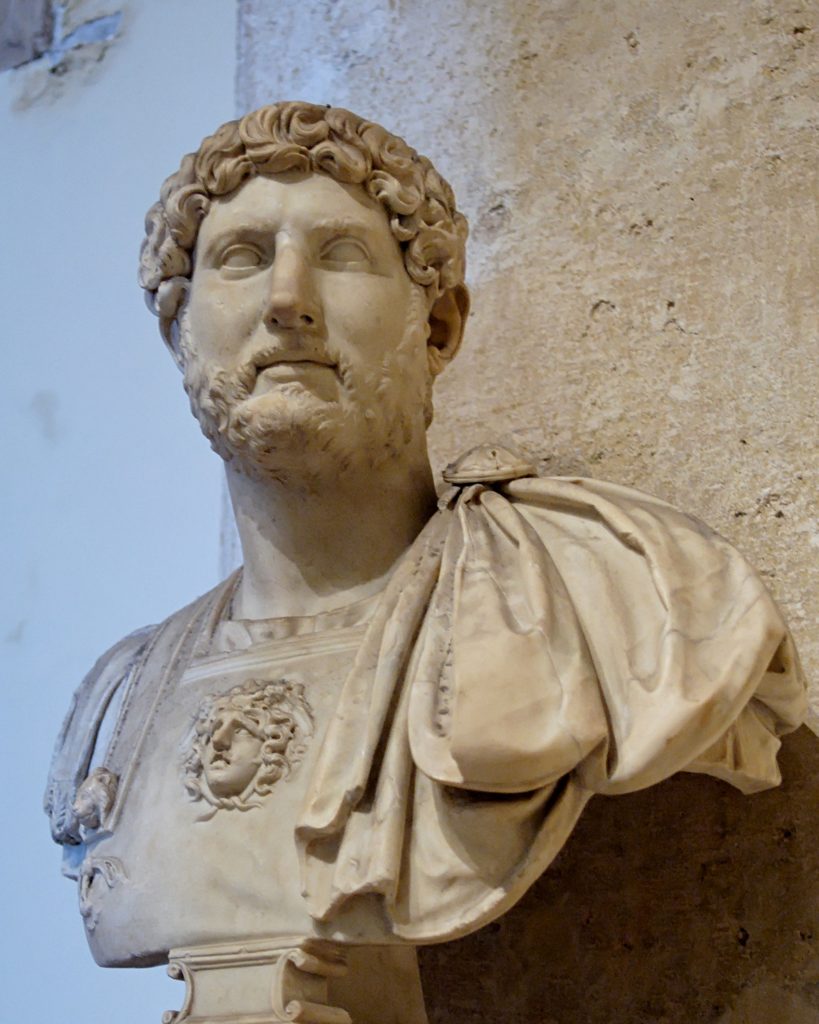There are literally hundreds of endnotes for the Revelation 6 chapters. Rather than try to fit them all here, they are organized according to the same chapter divisions as the text.
Revelation 6:1-8 Endnotes
Revelation 6:9-11 Endnotes
Revelation 6:12-17 Endnotes
